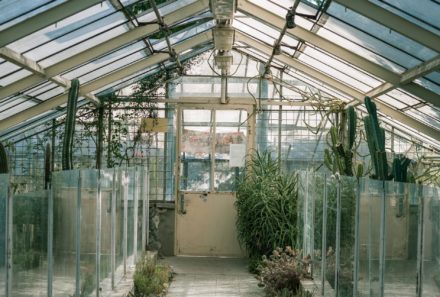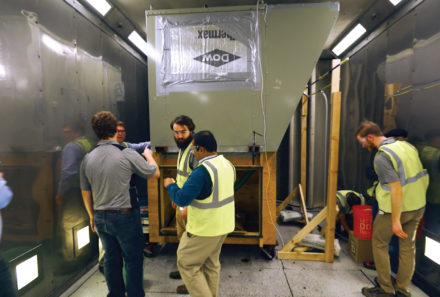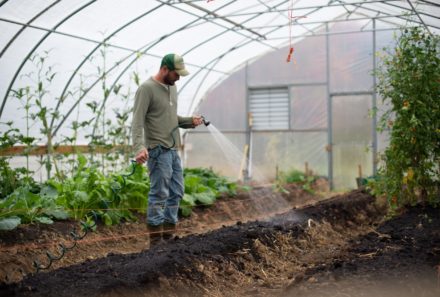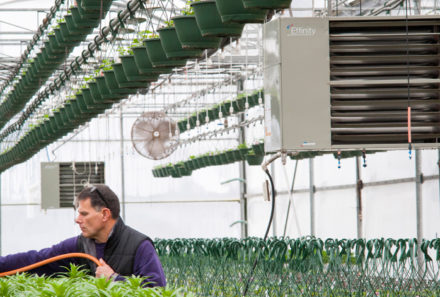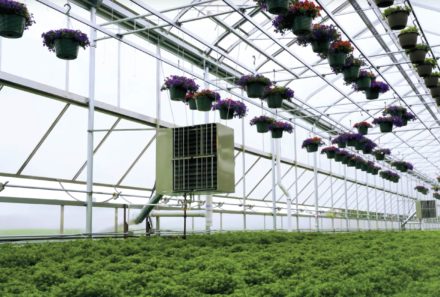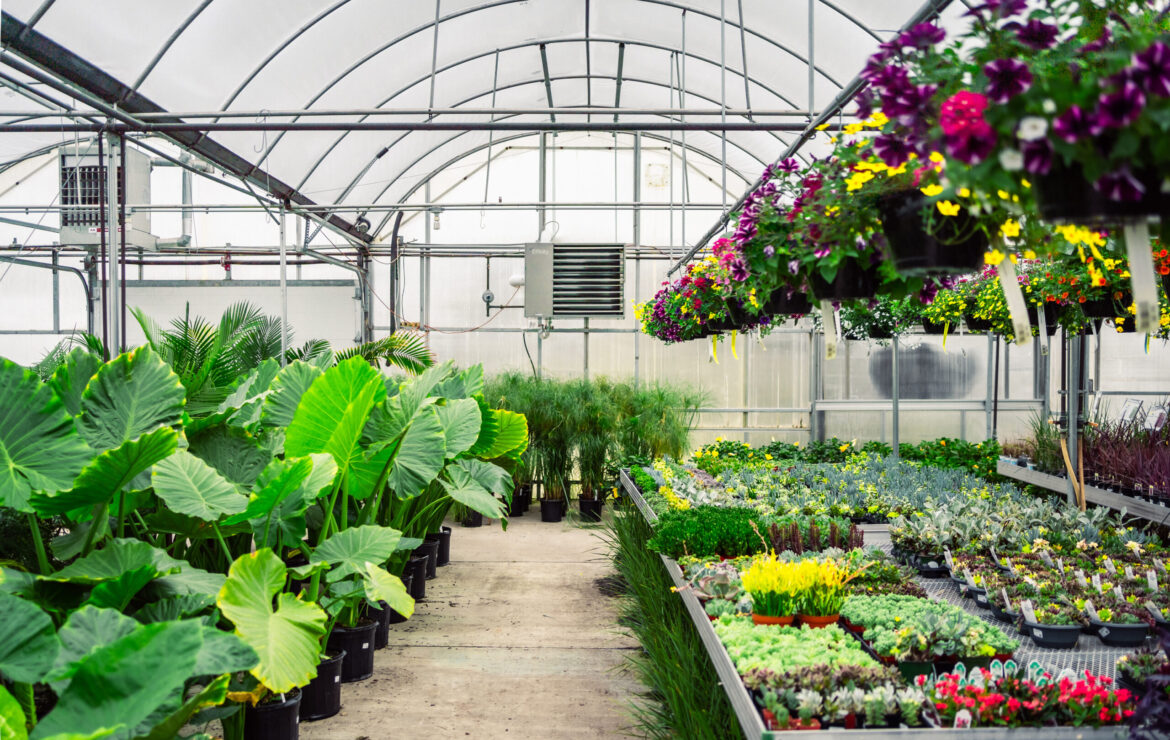
How to Prevent Greenhouses Losses During Fool’s Spring
Spring has sprung, but with it comes temperature fluctuations, buckets of rain, late-season freezes, and even snow storms.
When the weather outside your greenhouse has a mind of its own, your greenhouse heating solution must stay the course. If it doesn’t, you’ll be looking at stunted growth or a greenhouse full of losses on your hands.
Since many greenhouse cultivars require consistent daily temperatures between 70-80°F with only minor nighttime shifts, a heater needing attention can leave your plants’ vigor, leaf shape and size, and time to fruit in limbo. Not to mention that energy accounts for about 20% of greenhouse operational costs, which means your bottom line will rise or lower depending on the efficiency of your heating system.
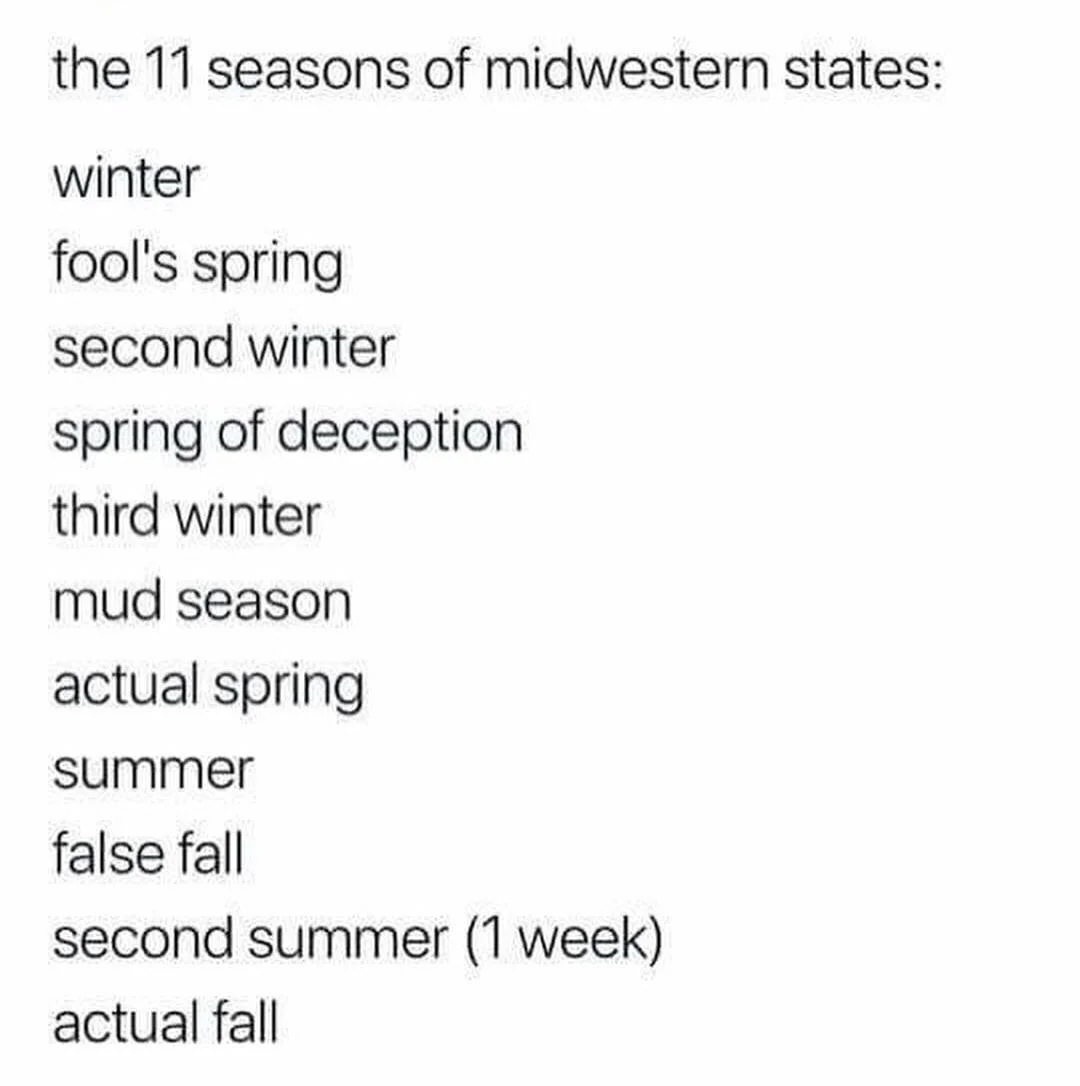
If you live anywhere in the US where spring looks like this … it’s time to maintain your heating system so it keeps your greenhouse temperatures consistent throughout the season.
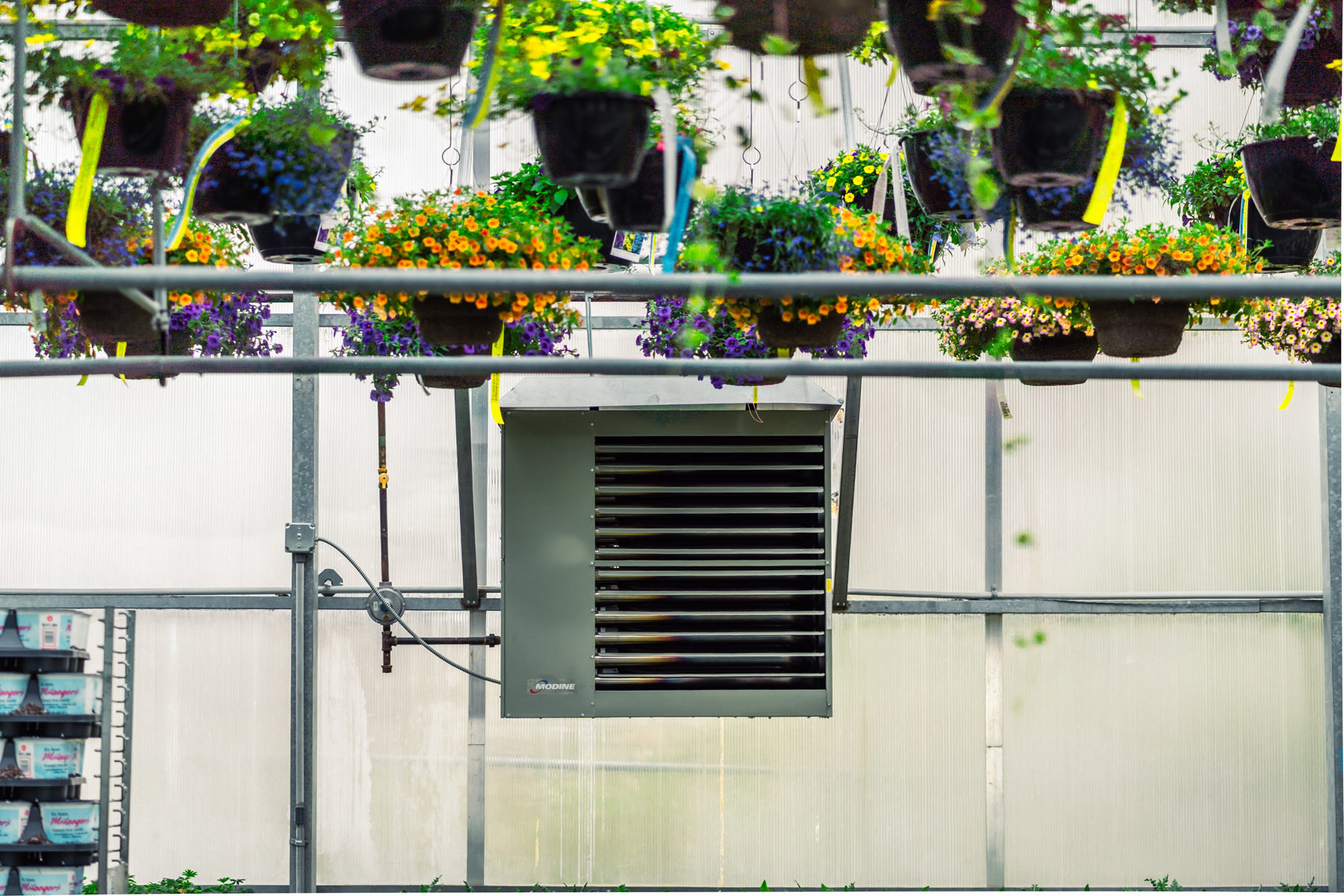
General Greenhouse Heater Maintenance
The forecast this week (March 20th-26th) for Modine’s headquarters in Racine, WI, includes daily highs ranging from the low 40s to 50s with fog, rain, snow, clear skies, and cloud cover, depending on the day.
It’s a typical spring in Wisconsin, but when the weather changes dramatically every 24 hours, it can have negative effects on greenhouse operators in the area.
The best way to prevent greenhouse losses is to perform general maintenance on your unit heater.
As a reminder, all maintenance work should be performed by an HVAC specialist trained to recognize and repair these intricacies safely, with minimal downtime for your greenhouse.
- Check your equipment for any damage it may have sustained over the winter. That includes sheet metal, fans and air movers, wiring, gas piping, and vent systems. Look for dents, bumps, scratches, fraying, and other changes in visual appearance.
- Check the cleanliness of heat exchangers and burners. Any buildup of debris should be addressed by an HVAC specialist to preserve functionality.
- Make sure the vent system is clear. Birds, vermin, and other critters like to find a sheltered, warm spot to overwinter, and heaters can become temporary residences. Unfortunately, their presence can impact how your unit heater functions.
- Look for obstructions blocking the air inlet or air discharge of equipment. Clear any snow, ice, animal debris, or other objects that reduce the efficacy of your heater.
- Check that the unit supports are secure and that the unit hangs level.
Modine offers technical support, which can reduce running costs, enhance efficiency, improve carbon footprint, and increase the lifespan of your equipment.
When your heater is in qualified hands, you can trust any sudden cold snaps to stay outside the walls of your greenhouse, preserving your growing conditions.
Essential Spring Maintenance
Once you check basic maintenance off your spring cleaning list, it’s time to give your heater a little more attention so seasonal transitions stay out of your greenhouses.
When unit heaters receive proper maintenance on a regular basis, they should last for many years. But, you must do at least annual inspections and maintenance for burners and heat exchangers. The transition from winter to spring is an excellent time to do this. Your unit heaters have been working consistently for months but could use a tune-up to ensure everything operates as expected into summer.
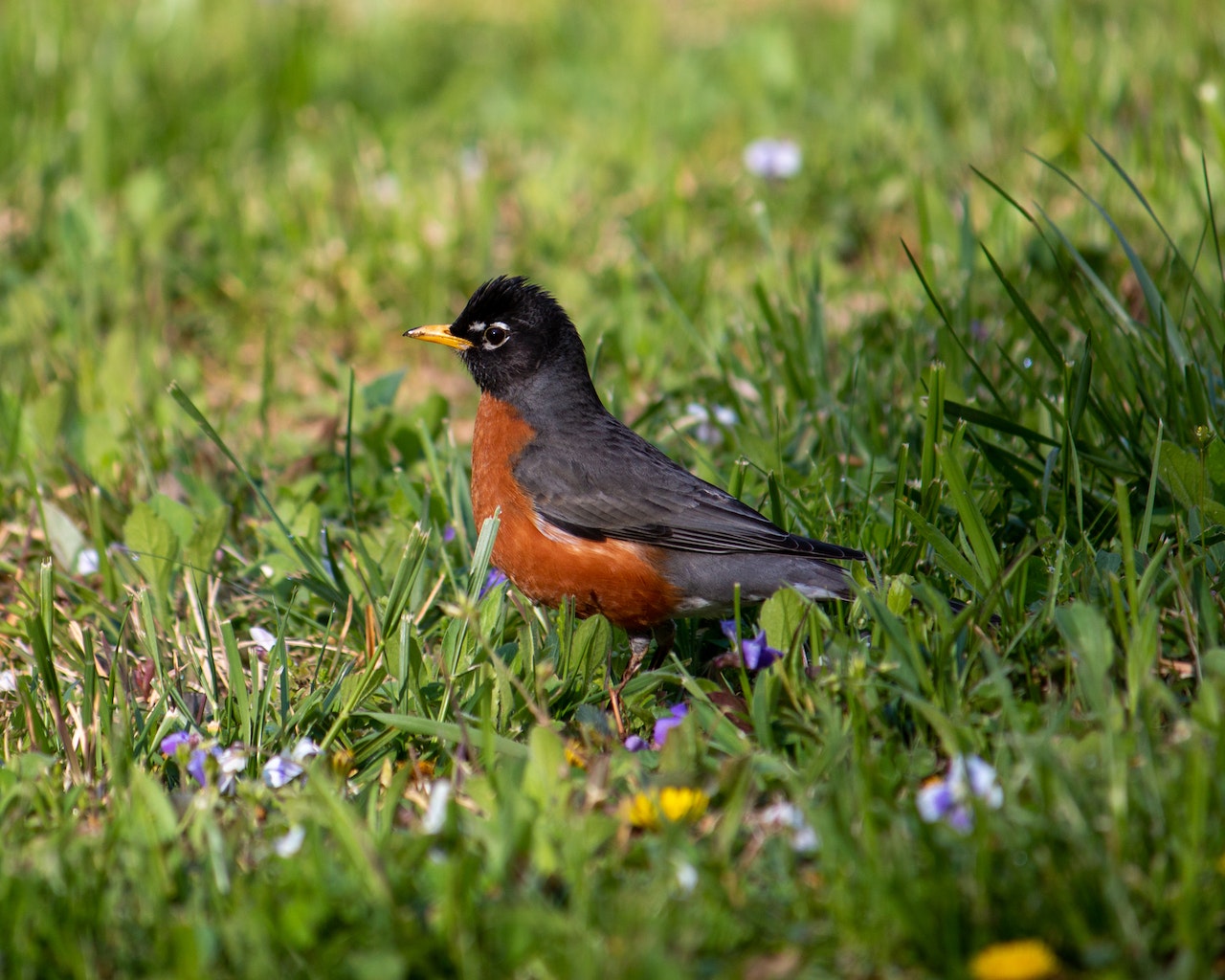
Modine’s HVAC specialists have compiled a list of items to include during inspections.
- Inspect the motor regularly and oil as needed.
- Check power connections to the motor. Make sure they’re secure and not loose.
- Inspect the heat exchanger for any obstructions or failures.
- Check all venting. Make sure all connections are secure and tight. Clear any blockages and replace any failed piping.
- Check all gas connections, including pilot tubing connections both at the valve and pilot burner. Make sure connections are tightly fitted.
- Inspect the main gas burners. Make sure they are free of obstructions and not clogged by spider webs or debris.
- Properly drain condensate from high-efficiency units. Check condensate lines to ensure they’re draining properly.
If you have Modine’s Effinity™ Commercial Gas-Fired Unit Heater, which operates at 97% thermal efficiency, an industry best, checking the condensate lines is vital.
Once your maintenance is complete, make sure you keep a record of any service performed so you can keep tabs on your unit heater. It’s an extra assurance to prevent mid-season breakdowns.
Inspecting and maintaining your greenhouse unit heater as winter turns to spring is how you prevent greenhouse losses, ensure efficiency, and save money.

